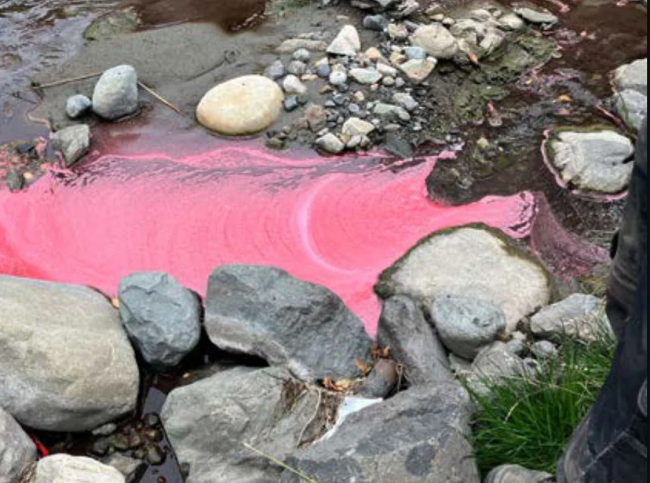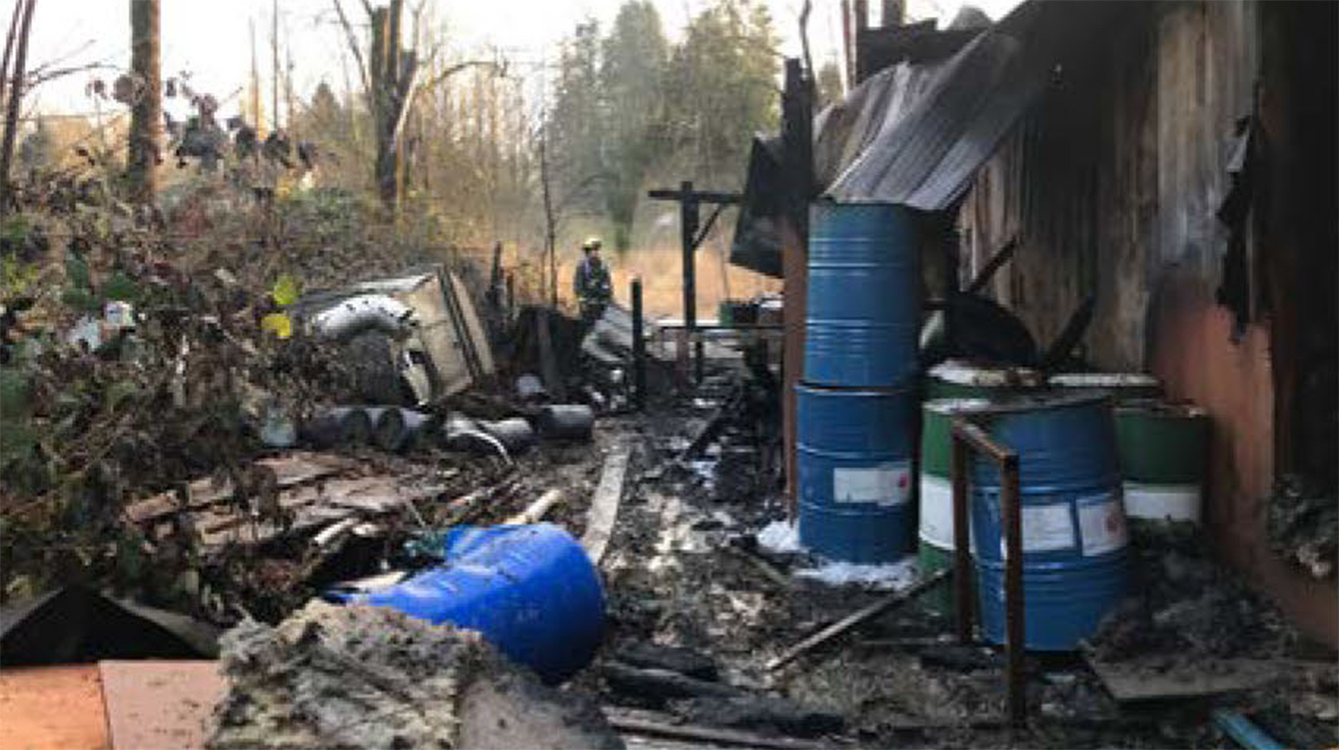Articles Menu

Feb. 28, 2024
B.C. is not adequately prepared to deal with a serious hazardous spill, according to an audit of the province’s Environmental Emergency Program released Tuesday.
The report, “Managing Hazardous Spills in B.C.,” found that spill response plans were outdated, the ministry had no policies or procedures for identifying non-compliance and First Nations governments were not consistently notified about spills affecting them.
“Overall, we concluded that the Ministry of Environment and Climate Change Strategy had not effectively managed hazardous spills,” B.C. auditor general Michael Pickup said, following the report’s release. “The program is designed for there to be consequences, but those responsible for spills don’t comply with the law.”
Pickup added that the province had not recovered the vast majority of costs associated with hazardous spills. According to the report, almost $14 million in spill-related costs from April 2016 to February 2023 remains outstanding — most of it, about $13.5 million, related to the bankrupt Neucel pulp mill site on Vancouver Island. The spill cleanup cost at Neucel is only part of the $116 million that the government has allocated for site cleanup at the location of the former mill.
Of the spill costs not related to Neucel, $900,000 was recovered by the province, with $400,000 — roughly a third — still outstanding.
The report made nine recommendations, which have been accepted by the Ministry of Environment. Pickup said he was pleased that the province had indicated “concrete actions” it planned to take to address the issues.
“I don’t think he said we’re doing a horrible job,” said George Heyman, the minister of environment and climate change strategy. “I think he said there are some areas in which we’re not doing some of the things he thinks we should do to ensure that we don’t have a disaster that we don’t respond appropriately to. It’s fair comment and we want to fix that.”
Heyman said the ministry was already reviewing the Environmental Management Action Plan when the office of the auditor general began looking at the program. “There was quite a productive back and forth between the ministry and the auditor general’s office to help us make the review and the rewrite we were doing more effective,” he said. “It’s been very, very helpful.”
Some changes have already been made, Heyman said, but the ministry’s review is ongoing and the results will be released later this year.
There is proactive work, Heyman said, such as planning for disaster response in the Northern Shelf bioregion, which has been underway for the last couple of years with 13 First Nations and the federal government. The Northern Shelf bioregion includes a large coastal area from northern Vancouver Island up past Haida Gwaii.
Heyman also said the government’s work engaging First Nations as it implements the Declaration on the Rights of Indigenous Peoples Act has included collaboration on disaster planning. The needs and capacity of each of the 204 First Nations communities in the province vary, but that work is happening, he said.
When there is a major incident, such as the 2014 Mount Polley disaster, the government learns from it and makes changes, he said.
The government passed legislation last fall that requires large industrial operators to have a plan for closure and decommissioning and introduced a bonding strategy to cover costs should they default, he said.
“There is an ongoing process of reviewing, learning and implementing, but that is not to take away in any way from the very valid points the auditor general made about needing to do an overall framework review, which we are in the process of already.”

The report comes as Trans Mountain prepares to bring its expanded pipeline online in the coming months, which will considerably increase the movement of heavy oils through the province.
But Pickup said that with about 8,000 hazardous spills every year in B.C., adequate spill response is important “year in and year out” and not specific to any one project.
The thousands of spills reported every year in B.C. commonly occur as a result of equipment failures involving gasoline, diesel and heating fuel, but can include “any substance that could be harmful,” according to the report.
B.C.’s Environmental Emergency Program, which is administered by the Ministry of Environment and Climate Change Strategy, is responsible for managing hazardous spills in the province. This includes preparation, response and recovery. The program also oversees regulatory compliance.
The recent audit found deficiencies in key areas, leading to the conclusion that the ministry had not effectively managed hazardous spills.
In particular, the audit determined that two provincial plans for responding to major spills were 10 years old and needed updating. It found that training procedures weren’t being reviewed annually, in keeping with provincial requirements, and hadn’t been reviewed since they were first implemented in 2018.
It found that while provincial staff notified affected non-Indigenous communities about 12 high-risk incidents examined by the audit, in three instances they did not follow procedures to notify First Nations communities.
“With over 200 distinct First Nations in the province, the Environmental Emergency Program recognized that it had difficulties consistently notifying potentially affected First Nations,” the report determined, adding that a pilot automated notification system is planned for 14 coastal First Nations but wasn’t online at the time of the audit.
In addition, response officers didn’t consistently follow requirements to notify compliance and enforcement staff about potential non-compliance, the audit found. Provincial staff said they were “more concerned about working with the responsible person” to address the spill, or didn’t want to be seen as adversarial. They also pointed to training gaps as the cause.
However, when compliance and enforcement staff were notified of a breach, they responded according to policies and procedures, the report added.
When it came to cost recovery, the audit found that response officers had initiated cost recovery processes for just 21 out of 44 substantial spills between November 2020 and March 2023. While there was a “known responsible person” for 15 of the remaining spills, there was no documentation to explain why cost recovery wasn’t initiated.
“The polluter-pay principle is a key tenet of hazardous spills regulation,” the report determined. “People responsible for spills are to be held accountable for all costs associated with the cleanup, including any costs incurred by the province. It aims to protect taxpayers from paying cleanup costs.”
[Top photo:BC needs to clean up its act when it comes to hazardous spill response in the province, a report by the auditor general has found. Photo via Environmental Emergency Program.]